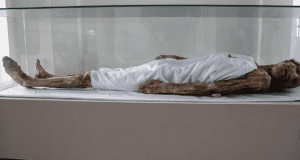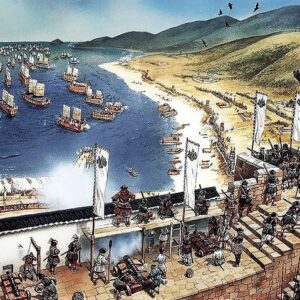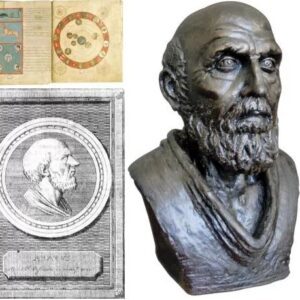The Mexican government and health experts have warned that displaying mummies from the 19th century may pose a health risk to visitors.
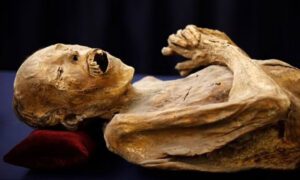
An exhibited mummy at the Museo de las Momias
The mummified remains buried in the dry, mineral-rich soil in Guanajuato, Mexico, act as a catalyst for preserving the intact skeletons. The Guanajuato mummies, which were unearthed in the 1860s when families were unable to pay for burials, are a popular tourist attraction in the region. One of the mummies, which shows signs of fungal growth, is among dozens of displayed skeletons in a glass cabinet at a tourism fair in Mexico City. The National Institute of Anthropology and History (INAH) said they were not consulted on the decision to display the mummy, as reported by Ancient Origins on April 1st.
“It is alarming that the mummies are still on display without any biosecurity measures in place to protect the community from potential health risks. From the photos, at least one mummy shows signs of fungal growth. This mummy needs to be carefully studied to see if it poses a threat,” said the INAH. However, the institute’s experts did not specify the type of fungus growing on the mummy.
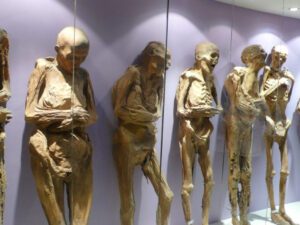
Natural mummification is the process of preserving the skin and internal organs of a human or animal without the use of chemicals by humans. It is a rare process that only occurs in special cases such as extremely cold climates, arid conditions, or lack of oxygen. Naturally preserved mummies can be found in deserts, buried in peat bogs with low oxygen levels, or frozen in ice.
